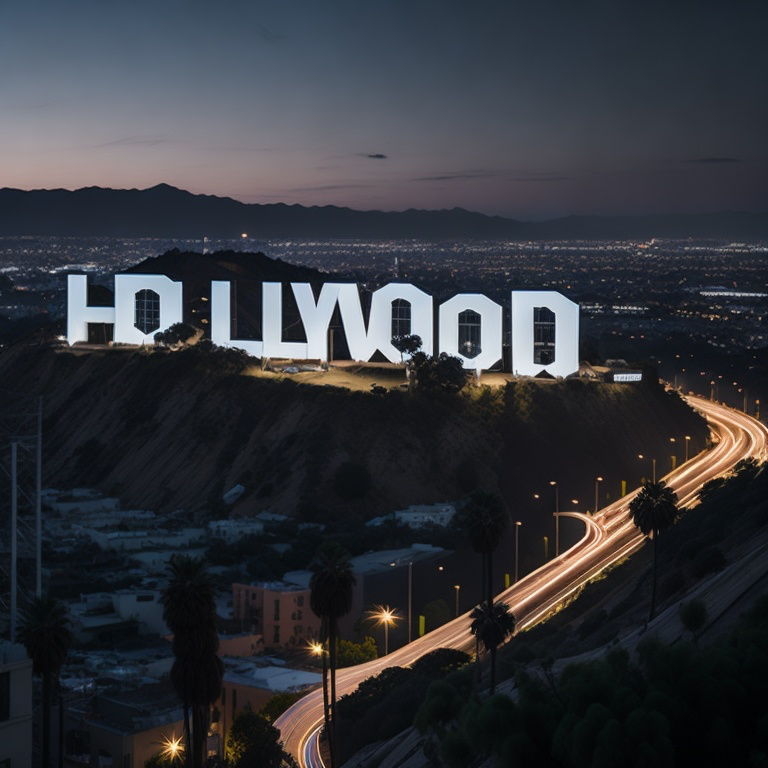
The 6 most important twists in Hollywood history began at the dawn of the 20th century, when a little-known patch of land in sunny California transformed into the epicenter of the burgeoning film industry. Filmmakers, actors, and entrepreneurs flocked to Hollywood, drawn by its ideal weather, varied landscapes, and the tantalizing promise of fame and fortune. Join us as we delve into the fascinating Hollywood history, from its rise to prominence to the development of the iconic studio system.
Hollywood History: 1. The Birth of Tinseltown (1900s-1910s)
Hollywood emerged as the heart of the film industry in the early 1900s. The Nestor Film Company, Hollywood’s first film studio, opened its doors in 1911, igniting a race to create cinematic magic. Soon, legends like Charlie Chaplin, Buster Keaton, and Mary Pickford graced the silver screen, earning Hollywood its nickname, “Tinseltown.”
Hollywood History: 2. The Birth of a Blockbuster
The Great Train Robbery (1903) In 1903, director Edwin S. Porter made history with his groundbreaking film, “The Great Train Robbery.” This 12-minute silent masterpiece captivated audiences with its thrilling narrative and innovative editing and camera techniques, setting the stage for modern blockbusters. The film’s suspenseful storyline had viewers on the edge of their seats, forever changing the course of cinema history.
Hollywood History: 3. A Star is Born, The Hollywood Star System (1910s)
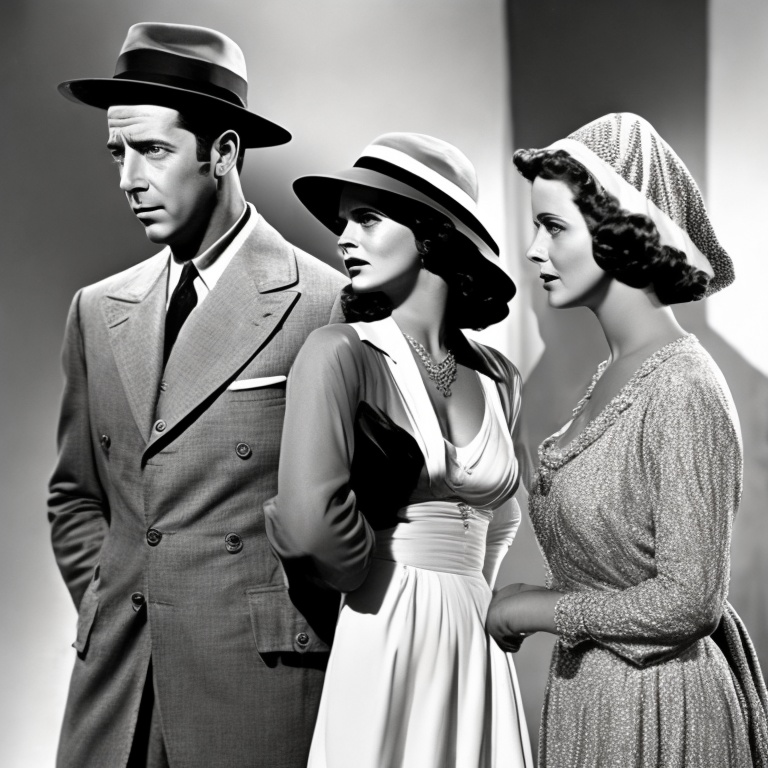
As audiences began to recognize and admire their favorite performers, the Hollywood star system was born. Florence Lawrence, known as “The Biograph Girl,” became the first movie star, igniting a trend that would come to define the film industry. Studios began to promote and market their stars, building their images and transforming them into household names.
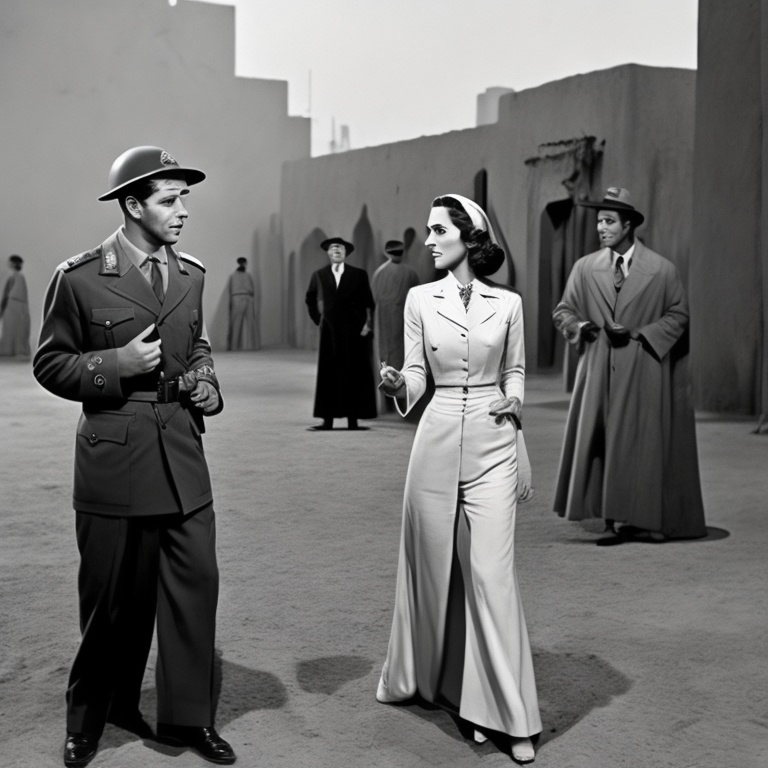
Hollywood History: 4. The Studio System and the Golden Age of Hollywood (1920s-1950s)
With the rise of the star system, the Hollywood studio system soon followed. Major studios like MGM, Warner Bros., and Paramount dominated the scene, producing a steady stream of movies that captivated audiences worldwide. This era, known as the Golden Age of Hollywood, saw the creation of timeless classics like “Gone with the Wind,” “Casablanca,” and “Citizen Kane.” The magic of the movies was in full swing, transporting viewers to far-off lands and igniting the imagination.
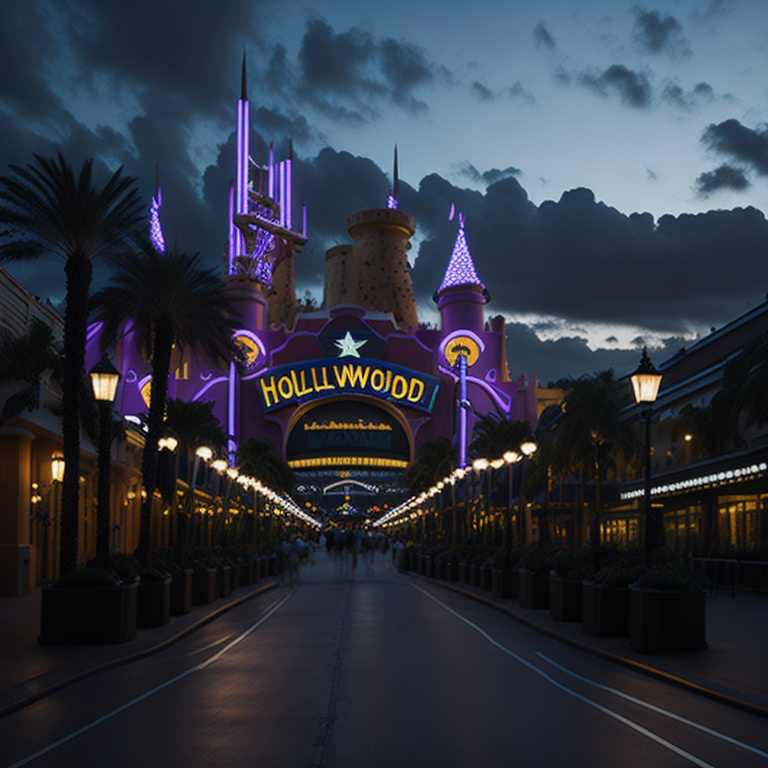
Hollywood History: 5. Popular Dialogues and Memorable Moments
Hollywood’s Golden Age produced countless memorable moments and unforgettable quotes. From Scarlett O’Hara’s famous line, “After all, tomorrow is another day!” in “Gone with the Wind,” to Humphrey Bogart’s iconic, “Here’s looking at you, kid,” in “Casablanca,” these lines have become a part of our collective cultural memory.
Hollywood History: 6. Historical Events Shaping the Golden Age
As Hollywood rose to prominence, the world underwent significant changes. World War I and World War II, the Great Depression, and the beginnings of the Civil Rights Movement all influenced the themes and narratives of films produced during this era. This fusion of history and storytelling made Hollywood the center of entertainment and a cultural powerhouse.
The Hollywood history is filled with excitement, innovation, and cinematic magic, from the birth of Tinseltown to the rise of the studio system. Hollywood’s Golden Age continues to enchant us with its unforgettable stories, iconic moments, and timeless classics.


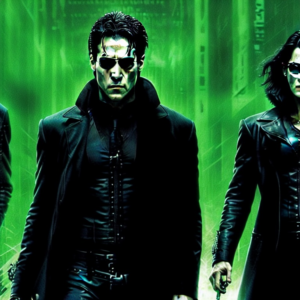
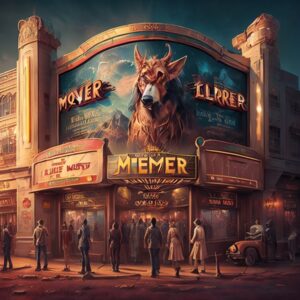
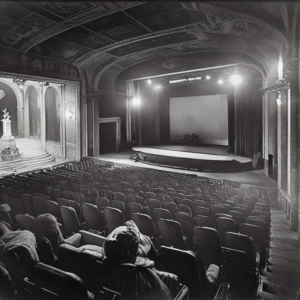
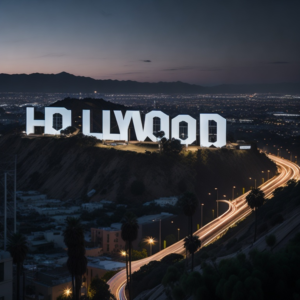
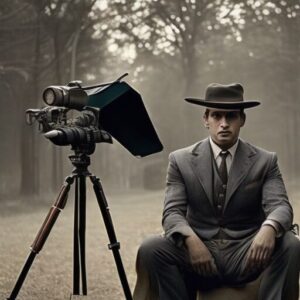
1 thought on “Hollywood History Unveiled: 6 Important Twists at Tinseltown’s Formative Years”